This is part of a series called ‘Vacationing with Death: What I did this Summer’.
So why Sandon, BC? Why speak about it? Visit it? Take photos and then share online? Why is it a Ghost town, when there has been at least one resident living there since 1891, when galena ore was discovered by Eli Carpenter and Jack Seaton? All good questions that I hope to reasonably respond to below.
To give you an idea of the town as it is today, here are some photos of the remaining landmarks: The oldest continuously operated hydro-electric dam in Canada, the Historical Society Museum, and the eponymous river, a historical photo of the town in 1942, and a couple of control panels that help work the Dam (LOL). Photos by Dr.Dam 2022 unless otherwise stated
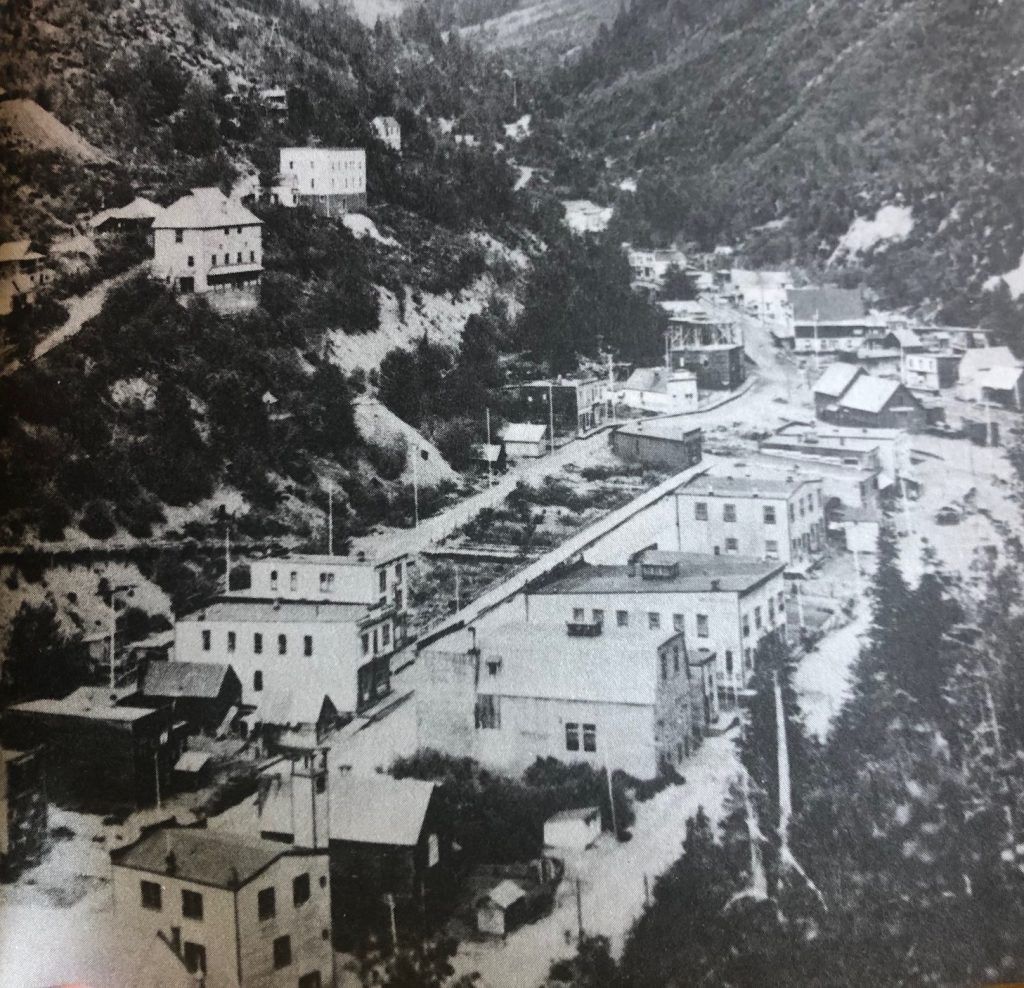
So why Sandon, BC? Well, the hermeneut in me wants to rephrase that question, so I will: What is my relationship with Sandon, BC that makes me want to speak about it? Glad you asked: Sandon is personal to me as I visited it with a family member whose relatives, only two generations ago, lived and worked there; so that’s the first part of the complicated response. And it’s because it was part of what I did this Summer, so now this entry is part of the Vacationing with Death collection. Sandon is classed as a Ghost Town (Turnbull) and who doesn’t like to visit a good ghost town? It, also, could be argued that Sandon is also a drowned town, and a burnt down town (but I get ahead of myself).
But first, a quick note on how complicated history is, and how there are no ‘correct answers’ or a ‘single truth’. Rather history is a complex web of facts, experiences, contradictory records, perspectives, and interpretations. I endeavour here to offer a deeper dive (with a personal connection) into the fascinating history of what the very enthusiastic Sandon Historical Society volunteers called ‘the curse of Sandon’.
WHY IS IT ‘CURSED’?
Well because it appears to me that the mountains did not want it there. It has been burned, buried, and drowned. Multiple times. It was a city built on the prospect of mining rich deposits of galena ore and all that follow miners, prospectors, and the wealthy. At its peak, Sandon included 300 mines, over 5,000 people, 29 hotels, 28 saloons, three breweries, and a bevy of brothels (89 of them so it is claimed in the Museum), a school, hospital, curling rink, and a bowling alley. A fire on May 3, 1900, started behind the Spencer’s Opera House (yes, it had an opera house!) burnt the main street to the ground; numerous landslides claimed miners lives every year, and then there were the avalanches. There was the one in 1907 that caused extensive damage, and for another example, the one that as a result of the Depression in the early 1930s had locals cutting their own wood from the forest leaving the town very vulnerable to snow slides. In the dark skies of a February afternoon, a snowslide claimed the life of a little girl named Evelyn, and her faithful dog, Rex. Evelyn’s body was found within hours, but it took until the Spring thaw to find Rex.
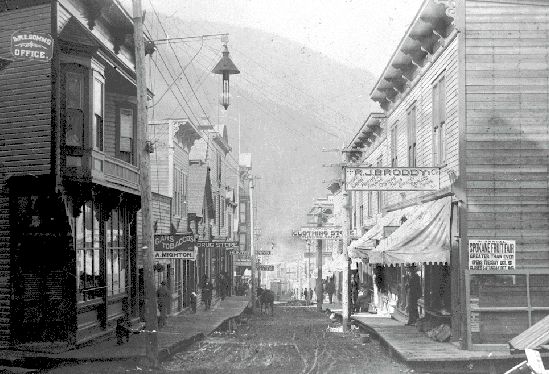
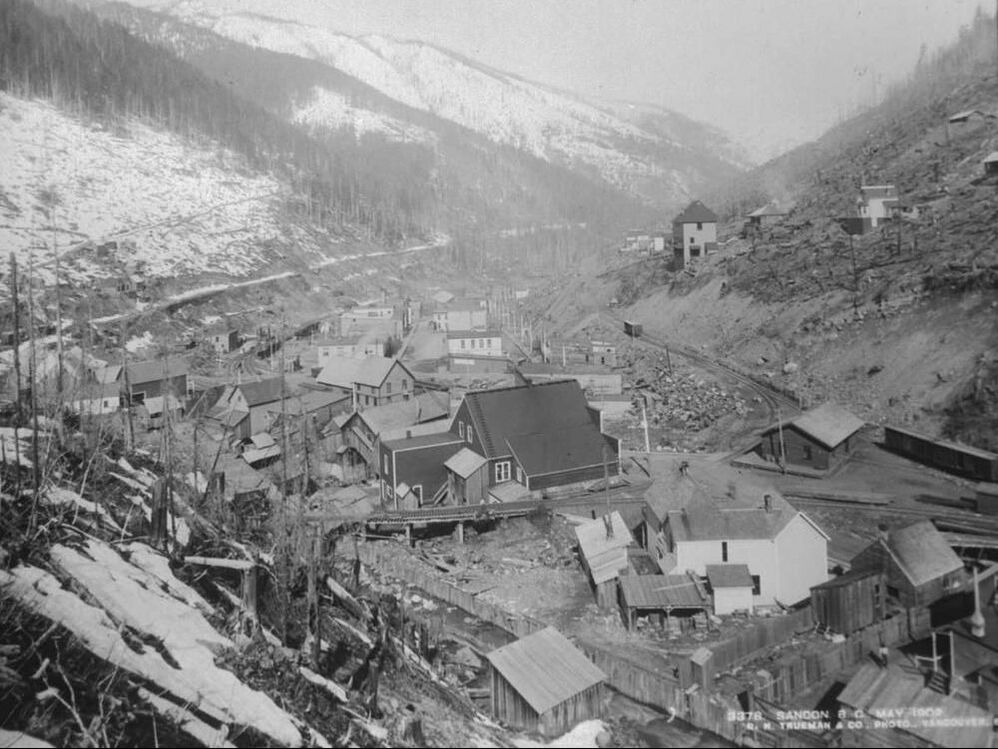
And then there was the great flood that Turnbull states, “On a wild night of storm in 1955 it died.” By this time the city had grown, contacted, grown a bit again, and as a result, the river was moved, a boardwalk built OVER the river, and with that storm it all was just too much for Mother Nature to ignore. Sandon’s flume wall crumbled in the wake of the forces of water and pushed rocks and debris through the centre of town, ripping the boardwalk to shreds, flooding the streets, homes, and businesses. Anyone who lived there, left there. Only a few remained until just one person remained – the hydro-electric dam operator. So can it be called a ghost town if there is one living person still inhabiting the place?
Today, there is a small group of individuals who work and live in Sandon. They voluntarily run the Historical Society and Museum, they work the food truck and renovate the remaining buildings on the side of the mountain and in hearing distance of the roar of the river. Life is challenging today, but back in the early 20th C, life on a mountain side was harsh. Raising a family came with challenges many of us today could not imagine. Walking the streets, meeting the volunteers and residents who are conserving Sandon’s history, and then to talk about my family connections brings all those histories, lives, deaths, and the forces of nature closer to my heart.
But my connection is only one of thousands who whose families were impacted by the curse that is Sandon. There are two more entries about Sandon to come because Life is complicated and Death is never far behind the events of history.
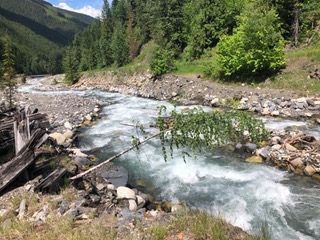
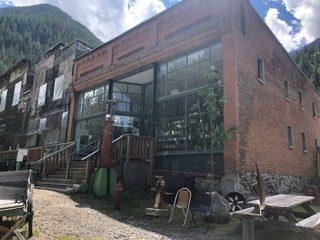
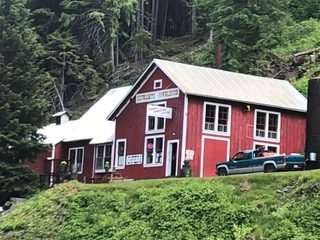
SOURCES:
http://www.sandoninthekootenays.ca/
Turnbull, Elsie, G., 1988, Ghost Towns and Drowned Towns of West Kootenay. Heritage House Publishing.
